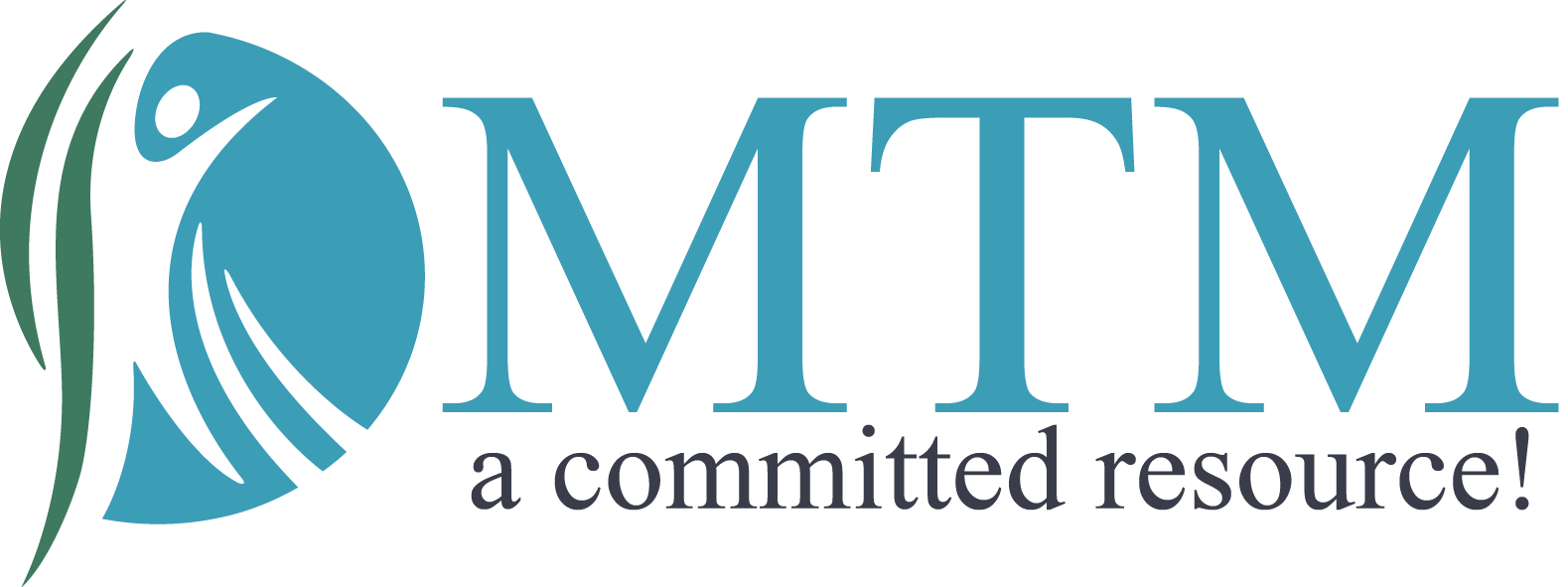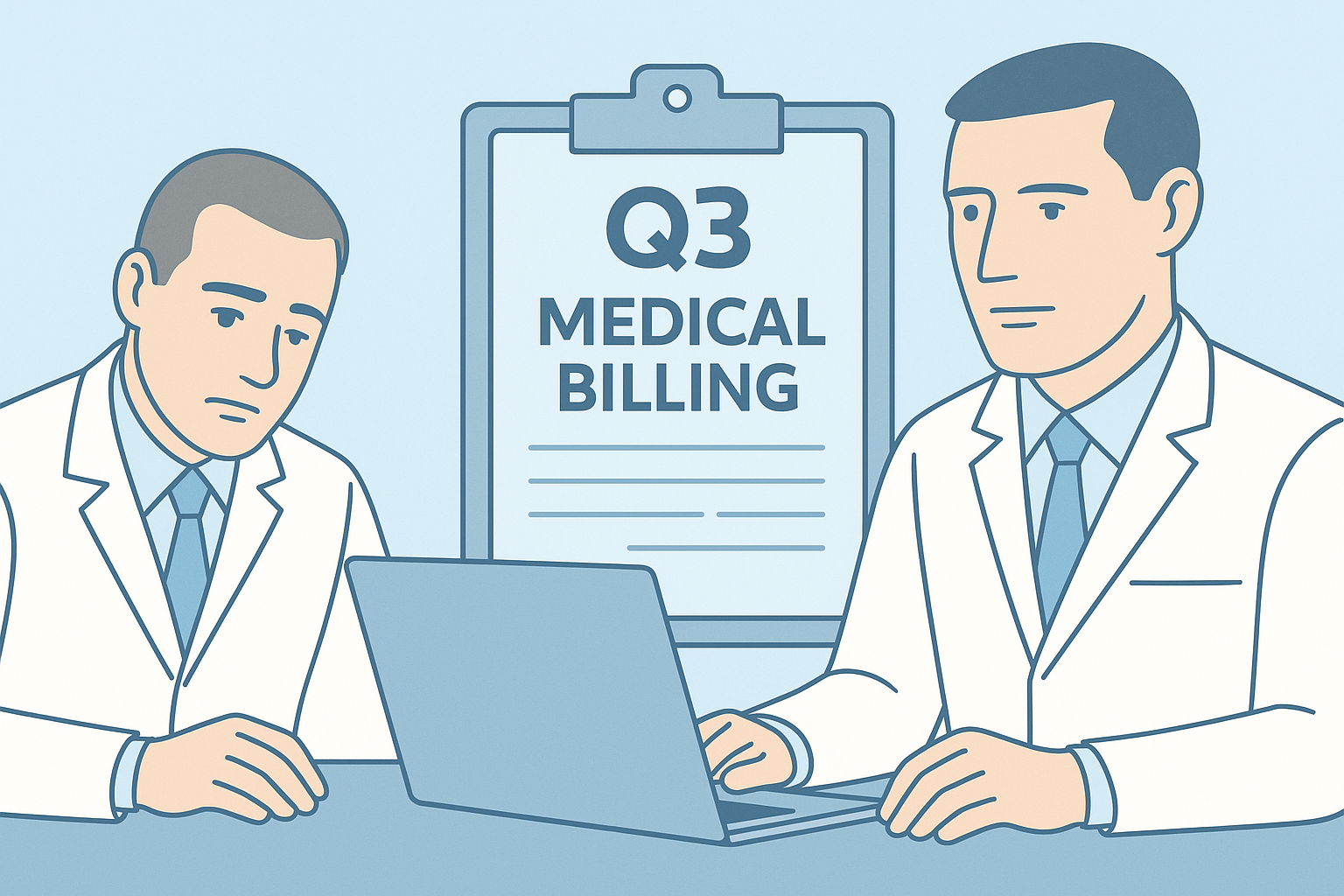From Denial to Deposit: A Provider's Definitive Guide to Getting Paid on Workers' Comp Liens
When the insurance carrier denies the "case-in-chief," the path to payment for providers becomes complex yet strategic. This guide gives you a step-by-step roadmap—from lien risk assessment to securing a favorable AME/QME report—to ensure your hard work results in actual payment.
The Letter You Dread: The Case-In-Chief Denial
The letter arrives from the carrier, and it’s the one no provider wants to see. The insurer has denied the entire claim based on lack of industrial causation (AOE/COE). In other words, no authorized payer is available to cover treatment.
At this moment, you face two choices:
- Turn the injured worker away.
- Provide care on a lien basis and fight for your right to payment.
While risky, liens are powerful legal tools when used with strategy and precision. Here’s the definitive playbook to get from denial to deposit.
Section 1: The Legal Landscape – Why Workers’ Comp Is Different
Workers’ compensation (WC) law operates in its own universe, separate from traditional personal injury claims.
Key Differences:
- No-Fault System: The injured worker only needs to prove the injury arose out of employment (AOE/COE).
- Statutory Benefits: WC compensates through medical care and disability benefits—not “pain and suffering.”
- Administrative Court: All disputes are heard by the Workers’ Compensation Appeals Board (WCAB) or similar agencies, with a Workers’ Compensation Judge (WCJ) making the rulings.
Understanding these rules is critical before stepping into lien-based treatment.
Section 2: The Initial Crossroads – WC Risk Assessment
Before agreeing to lien-based treatment, ask: Is this case worth the risk?
- Analyze the Applicant’s Attorney: A specialized WC attorney with experience in denied claims can be your biggest ally.
- Evaluate Causation Evidence: Your initial clinical records are vital. Do they clearly link the injury to workplace activities?
- Financial Exposure: Use your state’s Official Medical Fee Schedule (OMFS) to estimate reimbursement potential and set internal limits.
Section 3: The Key to Victory – The AME/QME Dance
A denied claim is resolved primarily through medical-legal evaluation.
What Are AMEs and QMEs?
- AME (Agreed Medical Evaluator): A doctor chosen by both parties to issue a binding opinion.
- QME (Qualified Medical Evaluator): A state-appointed evaluator when parties cannot agree.
Why This Matters:
The AME/QME opinion on AOE/COE can overturn the denial. Your medical reports provide foundational evidence that supports this outcome.
Your Role:
- Prepare clear, evidence-based treatment reports.
- Document causation meticulously.
- Collaborate with the Applicant’s attorney to ensure all critical records are submitted.
A strong AME/QME report is often the tipping point that forces the insurance carrier to negotiate or accept liability.
Section 4: Perfecting and Protecting Your Lien
Your lien is both your legal and financial shield. Perfect it early and precisely.
- File an Official WCAB Lien: Secure your standing as a lien claimant.
- Report Writing: Each report should be detailed enough to serve as legal evidence.
- Bill & Serve Correctly: Submit all bills using accurate OMFS codes and serve copies to all parties.
Section 5: The Endgame – From Settlement to Payment
Once causation is established, the case often settles through a Compromise and Release (C&R). A WCJ’s Order Approving Compromise and Release (OACR) formalizes the settlement.
Why This Matters to Your Lien:
- The OACR separates your lien from the worker’s settlement.
- The carrier must now “pay, adjust, or litigate” your lien independently.
- With causation confirmed, you negotiate from strength—supported by medical necessity, proper billing, and legal compliance.
Frequently Asked Questions (FAQs)
1. How do you get paid on a workers' comp lien if the case is denied?
You get paid by filing a formal lien with the WCAB, providing well-documented treatment records, and leveraging the AME/QME evaluation process to establish causation. A favorable medical-legal report strengthens your lien and compels the insurer to settle.
2. What is the role of an AME/QME in denied workers’ comp cases?
An AME (Agreed Medical Evaluator) or QME (Qualified Medical Evaluator) issues a medical-legal report on causation. Their opinion carries significant weight with the WCJ and can overturn an insurance carrier’s denial, enabling your lien to move toward payment.
3. How do providers perfect a workers’ comp lien?
To perfect a lien, file the lien with the WCAB, use correct OMFS billing codes, and serve all bills and reports timely to every party involved. Ensure your reports are clear, objective, and meet medical-legal standards.
4. How long does it take to settle a lien after a Compromise & Release (C&R)?
Once the case settles and the WCJ signs the OACR, lien resolution typically takes 30–90 days. However, timelines depend on negotiations, carrier responsiveness, and potential lien conferences or trials.
5. What happens if the insurance company still refuses to pay the lien?
If the carrier disputes your lien, it can be brought before the WCJ in a lien conference or lien trial. With strong medical evidence, proper billing, and compliance with WCAB rules, providers often succeed in obtaining full OMFS value.
Need expert help to get paid on denied workers’ comp cases?
📞
Call Medrina Technology Management at
877-285-2686
✉️
Email us:
www.medtechmgnt.com
📸
Follow us on Instagram:
@mtm_medtech
ALSO READ
If you’re battling delayed or denied payments, our guide on getting paid on denied Work Comp liens walks you through the AME/QME process and securing payment.
This illustrates why a strong billing and collections strategy—like those discussed in our guide to mastering Work Comp billing and collections—is more vital than ever
To tighten your practice’s billing workflow, consider the enhancements we recommend to refine operations and strengthen revenue flow.
Stay updated with the latest insights and news in medical billing services and workers' compensation billing and collections. Enter your email below to subscribe to our blog
Most Recent Articles






